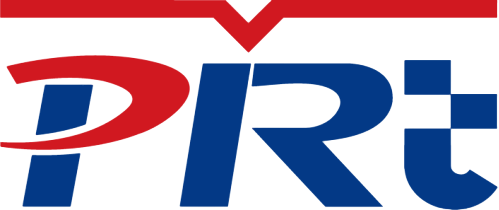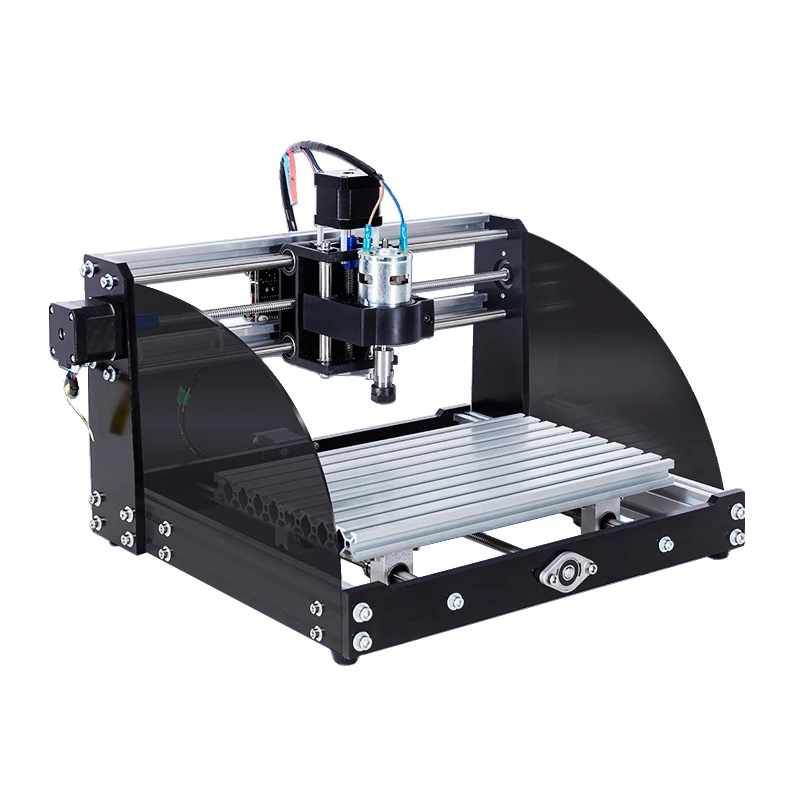G-code is that technical secret key in the wonderful world of 3D printing, which allows a digital concept to practically form into physical existence. Think of G-code as a magical language that tells the 3D printer how to move, what materials to use and overall build one layer at time. As increasing numbers of people get involved in the vibrant ecosystem around making better prints and pushing what is possible, discovering those exact optimal G-code components are key. This guide will lead you in the right direction and through some of the best ways for sourcing, importing, or creating advanced G-code scripts that offer more possibilities to enhance your 3D prints as much - if not more than - many other features.
The BEST Places to Discover Interesting 3D Print G-Code Posts
The best place to look for G-code pieces, you see, is in some of the pre-built online repositories or community spaces where other people have similarly shared plans and files. Good quality G-code files ready to be uploaded, customized for specific printers and settings You want a site like Thingiverse or My Mini Factory that not only has treasure trove of 3D models available for free download but useful user-friendly G-Code files. You could also venture to digital watering holes like GitHub where all the pretty codebirds and open source projects lose a feather every now and then developing modular blocks of G-code together with extensive libraries you can customize yourself. Also, capable of the trove vendors and net support forums; those frequently will offer g-codes that have lengthy been jointly-appearing extremely optimized in your unique machine.
Secrets to Find a 3D G-Code Fittings
Demystifying the secrets of an ideal G-code module starts with understanding what your project needs and also knowing how capable is your printer. If, for example, you are creating a design to 3D print, begin with structuring the high level details in it like the kind of material options that you would be using and what is finish quality or if there are important features (supports / overhangs). Look for search filters available on many platforms that will help you filter users reviews based successful prints or adjustments need to be made. With this information, you can now adapt existing modules or even design custom ones better by using applications like Cura, Simplify3D, PrusaSlicer and improve compatibility and performance.
Finding And Importing Advanced 3D Printing G-Code Modules
More polished users can receive high-quality G-code modules as parts of feature-rich slicing software or buy them on specialized markets. These modules contain advanced algorithms such as more efficient layer adhesion, a different printing speed optimization or additional features like adaptive fill densities etc. If you want to use "plugin" features natively with pre-built modules, make sure your slicing software has built-in plugin API or lives in a greater context of ecosystem supporting third-degree integrations. Follow installation guides very strictly, and if there is a wizard available based on your preferences or hardware that can recreate the same steps automatically (and does not suck), then feel free to use it. It is important to test print your slicer settings on some small calibration models before you jump into a big project.
Different Online Platforms For 3D Module G-Code Awesome Download
The World Wide Web provides countless platforms that cater to 3D printing enthusiasts around the world. Sites such as Pinshape, Cults3D and GrabCAD do not only present complex models but are also rich with state-of-the-art G-code routines that have been designed for detailed 3D prints or multiple materials you want to use in your print - or just experimental methods. Long-standing and established communities on particular social platforms (think the Facebook or Reddit [r/3Dprinting] forums) have tons of valuable shared knowledge, as well as perks like all those cool downloads you can get your hands on-all to be found from fellow 3d printer enthusiasts. By becoming an active member in these communities you can find often-overlooked nuggets of gold and personalized tips for improving your G-code workflow.
The Top Repositories for 3D G-Code Modules Today
Save your place for those crucial repositories to keep you a step ahead in the ever-evolving field of 3D printing, and consistently get stable G-code modules. Outside of the general platforms listed above, do some additional digging to find niche repositories focused on a specific task - e.g. 3D printed prosthetics (e-NABLE), scientific research applications (NASA 3D Resources). The National Institute of Standards and Technology (NIST) provides validated G-code files for the more adventurous among us, with file examples used in their labs that set the benchmark against which testing would be done. By keeping up to date on these repositories, as well signing up for their newsletters you automatically get the most cutting edge refinements and optimizations pertaining around 3D printing g-code.
To sum it up, finding the 3D model best suited for G-code is not just about puzzle solving but also resource diving online and learning in-depth your own requirement. This holds whether you are wading into open-source commu-nities for the first time, or exploring bespoke implementations - to learn G-code is down to adventure and discovery (and is a never-ending process). Through every discovery made, the ever-so-slim door to new capabilities begins to widen further - transforming digital dreams into physical realities with increasing accuracy and grace.

